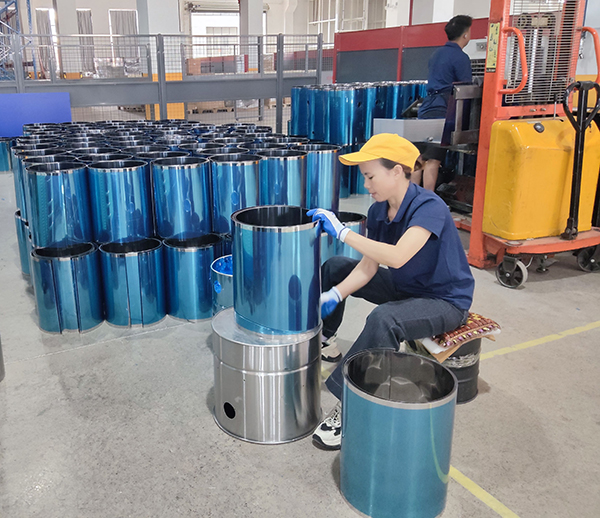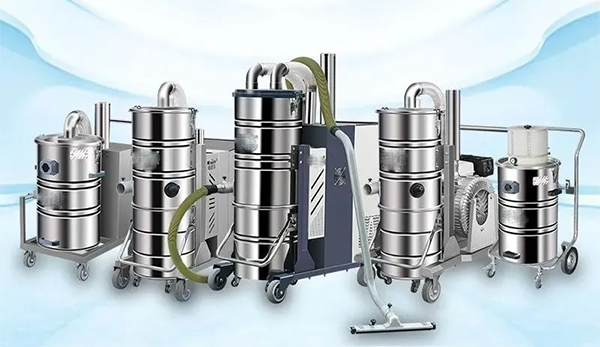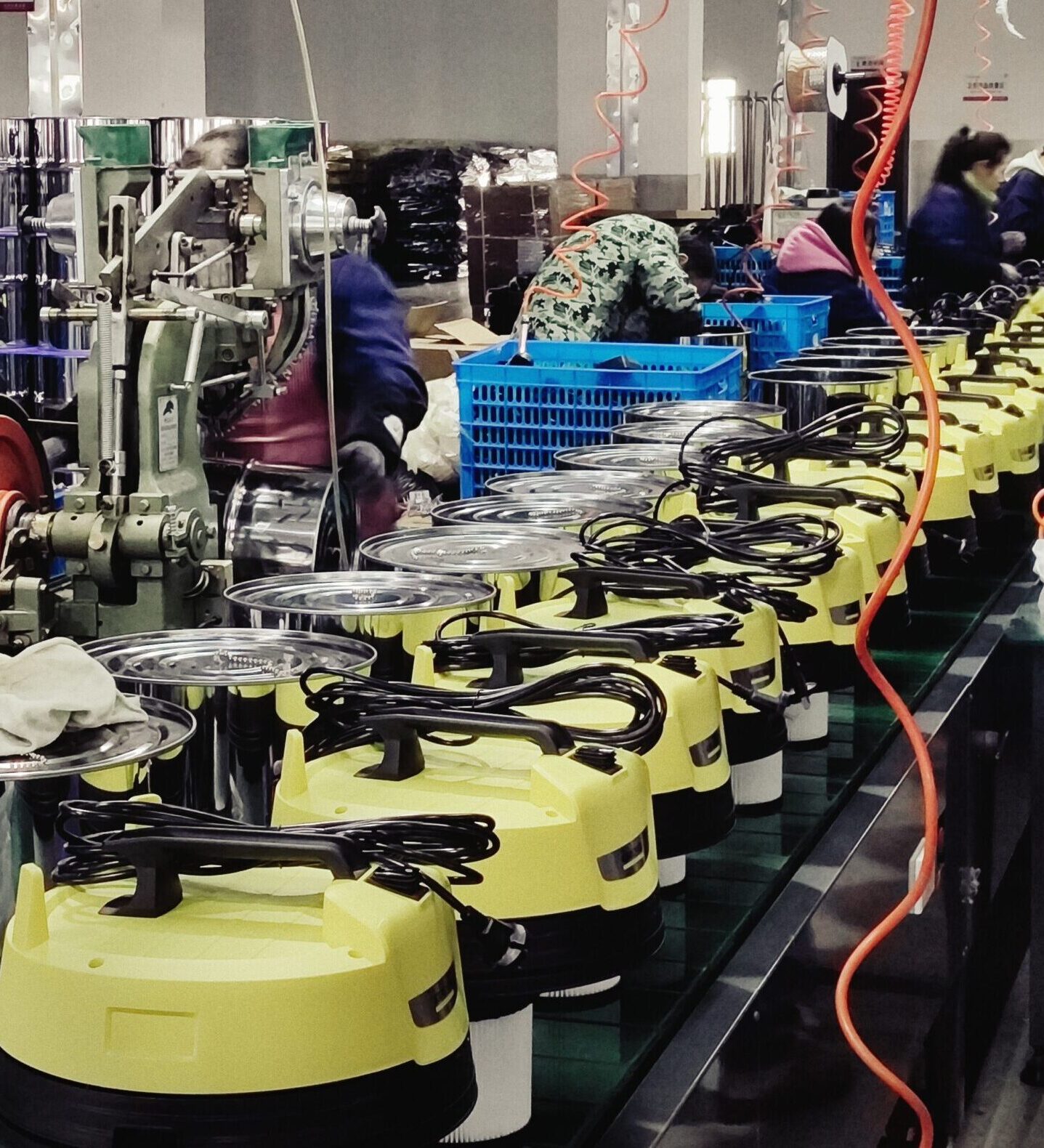
Vacuum cleaners are essential tools for maintaining cleanliness in homes, commercial spaces, and industrial environments. However, not all vacuum cleaners are the same. Choosing the right type can significantly impact efficiency, safety, and performance. But what are the key differences between dry, wet & dry, explosion-proof, and central vacuum systems?
Dry vacuum cleaners are designed for everyday dust and dirt, while wet & dry models can handle both solid and liquid waste. Explosion-proof vacuums are built for hazardous environments, and central vacuum systems provide a permanent solution for large spaces. Understanding these differences ensures optimal cleaning performance and safety in various settings.
Dry Vacuum Cleaners: What Are They and When to Use Them?
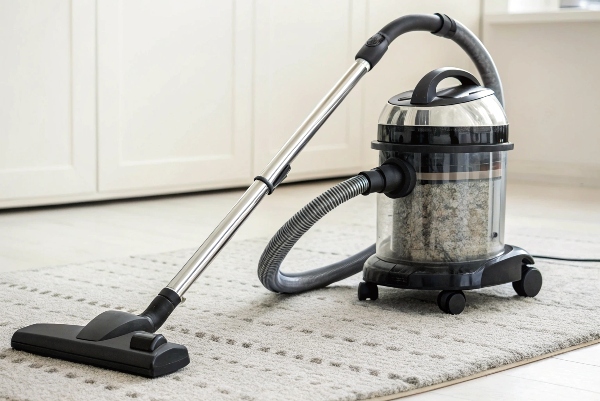
Dry vacuum cleaners are the most common type and are primarily used in homes, offices, and commercial spaces. They are designed to remove dust, dirt, hair, and other dry debris from floors, carpets, and furniture.
Key Features of Dry Vacuum Cleaners
- Strong Suction Power: Effective for picking up fine dust and solid particles.
- HEPA Filters Available: Some models include HEPA filters to trap allergens.
- Portable and Lightweight: Easy to maneuver for daily cleaning.
- No Liquid Handling: Cannot pick up water or other liquids.
Best Applications
- Home and office cleaning
- Hotels and retail spaces
- Manufacturing areas with dry debris
- Environments where liquids are not a concern
Limitations: If you need to clean up spills, a dry vacuum will not work. Using it for wet substances can damage the motor and cause safety issues.
Wet & Dry Vacuum Cleaners: A Versatile Solution?
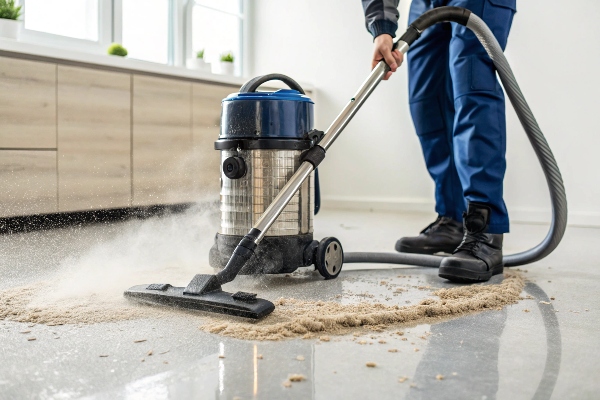
Wet & dry vacuum cleaners are designed to handle both solid debris and liquid spills, making them highly versatile for various industries.
Key Features of Wet & Dry Vacuums
- Dual Functionality: Can switch between dry and wet cleaning modes.
- Durable Filters: Special filters prevent clogging and damage from moisture.
- Larger Capacity: Typically have bigger tanks for storing liquids and debris.
- Heavy-Duty Materials: Built to withstand exposure to water and chemicals.
Best Applications
- Industrial sites and workshops
- Car detailing and garages
- Construction sites with dust and wet spills
- Restaurants and hotels needing liquid cleanup
Advantages Over Dry Vacuums
| Feature | Dry Vacuum | Wet & Dry Vacuum |
|---|---|---|
| Handles Dry Debris | ✅ Yes | ✅ Yes |
| Handles Liquids | ❌ No | ✅ Yes |
| HEPA Filters Available | ✅ Yes | ✅ Yes |
| Ideal for Industrial Use | ❌ No | ✅ Yes |
Limitations: Wet & dry vacuums are usually larger and heavier than dry vacuums, making them less convenient for home use. They also require regular maintenance to prevent mold or odor buildup.
Explosion-Proof Vacuum Cleaners: Why Are They Needed?

Explosion-proof vacuum cleaners are built for hazardous environments where combustible dust, flammable liquids, or explosive gases are present.
Key Features of Explosion-Proof Vacuums
- ATEX & NFPA Certified: Meets strict safety standards for hazardous areas.
- Non-Sparking Components: Designed to prevent ignition sources.
- Static Control Filters: Reduces the risk of electrostatic discharge.
- Sealed Motor Housing: Prevents sparks from coming into contact with flammable materials.
Best Applications
- Chemical and pharmaceutical industries
- Oil refineries and gas plants
- Manufacturing facilities with fine combustible dust (e.g., aluminum, flour, coal)
- Environments where standard vacuums pose a fire risk
How They Differ from Other Vacuums
| Feature | Dry Vacuum | Wet & Dry Vacuum | Explosion-Proof Vacuum |
|---|---|---|---|
| Regular Home/Office Use | ✅ Yes | ✅ Yes | ❌ No |
| Handles Wet & Dry Waste | ❌ No | ✅ Yes | ✅ Yes |
| Suitable for Hazardous Environments | ❌ No | ❌ No | ✅ Yes |
| Certified for Flammable Dust | ❌ No | ❌ No | ✅ Yes |
Limitations: Explosion-proof vacuums are significantly more expensive due to their specialized design. They are also larger and may require specific training for proper use.
Central Vacuum Systems: Are They Worth the Investment?
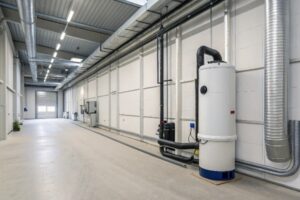
Central vacuum systems provide a built-in solution for large buildings, factories, and commercial spaces. Instead of carrying a portable vacuum cleaner, users connect hoses to inlets installed throughout the building.
Key Features of Central Vacuum Systems
- Powerful Suction: More effective than portable vacuum cleaners.
- Permanent Installation: Requires pipes and a collection unit in a separate space.
- Quiet Operation: The motor is housed away from the cleaning area.
- Better Air Quality: Dust and allergens are expelled outside the building.
Best Applications
- Large commercial buildings and hotels
- Factories and industrial spaces
- Residential homes looking for a high-end solution
- Medical and healthcare facilities needing superior filtration
Why Choose a Central System?
| Feature | Dry Vacuum | Wet & Dry Vacuum | Central Vacuum |
|---|---|---|---|
| Portable | ✅ Yes | ✅ Yes | ❌ No |
| Handles Large Areas | ❌ No | ❌ No | ✅ Yes |
| Requires Installation | ❌ No | ❌ No | ✅ Yes |
| Stronger Suction | ❌ No | ✅ Moderate | ✅ Yes |
Limitations: Central vacuum systems require professional installation, making them costly. They are also not suitable for small homes or apartments.
Conclusion
Choosing the right vacuum cleaner depends on your cleaning needs, environment, and safety requirements.
- Dry vacuums are great for everyday dust and dirt.
- Wet & dry vacuums provide flexibility for handling both solids and liquids.
- Explosion-proof vacuums are necessary for hazardous environments.
- Central vacuum systems offer a long-term, powerful solution for large spaces.
Understanding these differences helps you select the most efficient and cost-effective vacuum cleaner for your business or home.

